Tom Gowland

NID (National Infrastructure Database)
- Browse existing datasets on DAFNI in a paginated fashion
- Search through the data catalogue by typing in keywords which map to words appearing in the description field of the dataset
- Add a dataset to DAFNI with metadata that conforms to the DublinCore metadata standard
- Change the public permissions on a dataset (adding a dataset to the public group, only making the metadata visible or keeping the dataset private to you)
- Download data from the NID
NIMS (National Infrastructure Modelling Service)
- 2 searchable pages, one for models and the other for workflows
- Each model has a model metadata page showing the input parameters and output files of the model as well as other information about the model itself which a user can explore if they have the correct access rights on the model
- The workflows page is split into two sections, one for the workflows themselves and the other for instances of the workflow (which are workflows which have previously been executed)
- Editing Workflow, clicking on a workflow will take you to an editable visual representation of the workflow
- Adding steps, steps can be added to workflows by clicking the plus icon
- Editing steps, the data in the steps of a workflow can be edited from the visual representation
- Saving Workflows, workflows can be saved to the NIMS – this creates a new entry in the Workflows catalogue
- Executing Workflows, workflows can also be executed from the workflow’s visual representation this will add a new entry to the Workflow Instances table
- Creating Workflows, brand new workflows can be created by clicking the Create Workflow button above the Workflows table
- Workflow Instance status, a quick summary of the status of a workflow can be seen by clicking on the entry in the table, the row will expand displaying each step and its status broken down by the number of processes within it
- Workflow Instance status extended, a visual representation of the status of a workflow can be seen by clicking on the title of the workflow instance, this will display a static version of the visual representation from editing workflows. Icons will be visible displaying the status of each step in the workflow, the summary of the step and its status by process can be seen by clicking on the step
- Results Visualisation, if a workflow has a visualisation step then the visualisation can be accessed through the Workflow Instance visual representation, by opening the visualisation step summary and clicking the “Visualise…” button
DSS (DAFNI Security Service)
- List your account details (First and last name, email address and UUID)
- Update your password through the account details page
- Reset your password if forgotten through a one-time link
- Ensure that newly uploaded assets are only available for the user that uploaded them
NIVS (National Infrastructure Visualisation Service)
- Create a visualisation step at the end of workflow which will spin up an exposed Jupyter Notebook and load all of your output data into it
- Use all of the features of Jupyter notebooks and be able to run R and Python scripts
